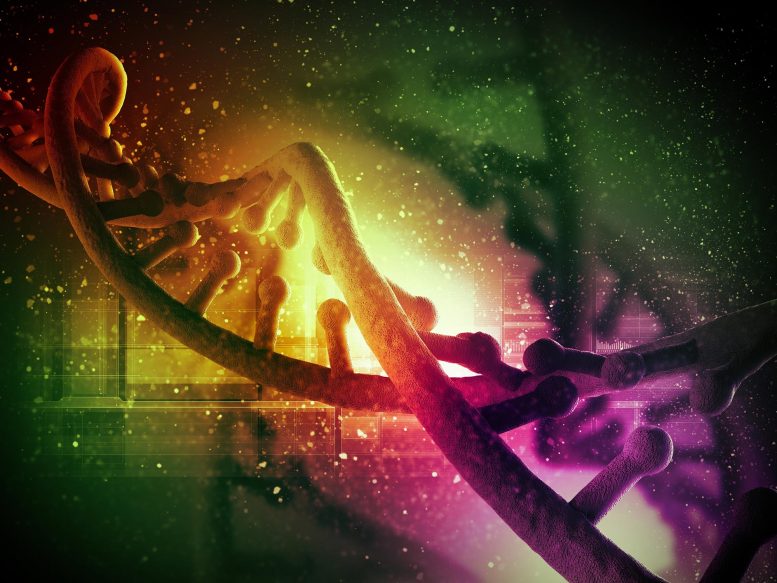
Recent research has redefined the primary role of Polycomb repressive complex 2 (PRC2) from controlling developmental genes to protecting the genome against transposon invasion. This ancestral function, consistent across various eukaryotes, evolved over time, leading to PRC2’s current role in silencing protein-coding genes, particularly in flowering plants like Arabidopsis.
The Polycomb repressive complex 2 (PRC2), initially identified in Drosophila several decades ago, was found to be a key controller of developmental genes. Subsequent research revealed that PRC2 alters chromatin structure to suppress the expression of specific genes.
This initial understanding of PRC2’s ancestral function — functioning primarily to control genes during development — was challenged when it was found to be active in unicellular organisms, in which no development takes place.
PRC2’s Ancestral Role and Evolution
A first hint at PRC2’s original role came from studies in red algae, which found PRC2 left its methylation mark on transposons – jumping genes that move around the genome. Frederic Berger and his research group at the Gregor Mendel Institute of Molecular Plant Biology (GMI) decided to follow this cue and, in an international collaboration with researchers at Freie Universität Berlin, University of Cambridge, Nantes University, the National Institute of Genetics (Japan) and Monash University, investigated how PRC2 acts in a range of eukaryotes.
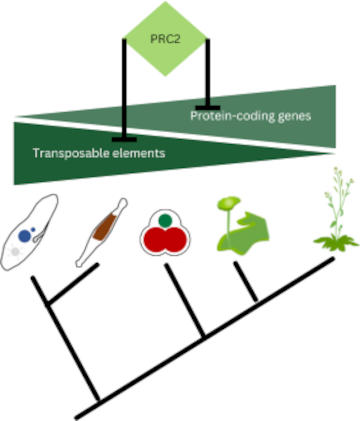
Over the course of evolution, PRC2’s function shifted from repressing transposons to repressing protein-coding genes. Credit: GMI
Investigating PRC2 Across Eukaryotes
To understand PRC2’s role in the ancestors of eukaryotes, the researchers studied the genomes of three widely distant lineages of eukaryotes: plants, SAR, and opisthokonts, the lineage to which humans and fungi belong.
All of these eukaryotes contain transposons, mobile genetic elements that can excise themselves from DNA and insert at novel locations – a potential threat to genome stability, hence why transposons have to be silenced. In mutant diatoms, bryophytes, and red algae the removal of PRC2 activity caused the loss of silencing of transposable elements.
Findings and Implications
“These findings show that PRC2 represses transposable elements in these distant lineages, which defines this as a function that arose in the ancestor of all three lineages. PRC2’s origin was likely to primarily defend the genome from invasion by transposons. This ancestral function is a profound change in paradigm,” says Frederic Berger, group leader at GMI and the study’s corresponding author.
Over the course of evolution, however, the function of PRC2 gradually shifted from repressing transposons to repressing protein-coding genes, its originally described role. In land plants, the researchers find “fossil TEs” to still be targets for PRC2, which then silences genes in the neighborhood.
“In flowering plants, like Arabidopsis, which evolved more recently, remnants of TEs are still present and recruit PRC2 to silence nearby genes”, explains Tetsuya Hisanaga, a postdoctoral researcher in the Berger group and the study’s first author. “We hypothesize that in Arabidopsis, some TEs have been domesticated, becoming elements involved in modulating protein-coding genes.”
Reference: “The Polycomb repressive complex 2 deposits H3K27me3 and represses transposable elements in a broad range of eukaryotes” by Tetsuya Hisanaga, Facundo Romani, Shuangyang Wu, Teresa Kowar, Yue Wu, Ruth Lintermann, Arie Fridrich, Chung Hyun Cho, Timothée Chaumier, Bhagyshree Jamge, Sean A. Montgomery, Elin Axelsson, Svetlana Akimcheva, Tom Dierschke, John L. Bowman, Takayuki Fujiwara, Shunsuke Hirooka, Shin-ya Miyagishima, Liam Dolan, Leila Tirichine, Daniel Schubert and Frédéric Berger, 21 September 2023, Current Biology.
DOI: 10.1016/j.cub.2023.08.073


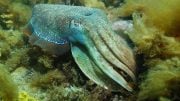


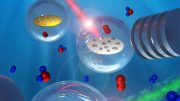
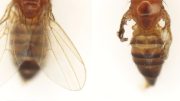
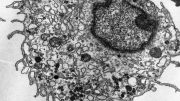

Chicken and Rabbits are consumed by humans. We should attempt seriously to transfer photosynthetic ability of plants to them. It may involve a lot of work, yes. We know of Photosynthetic Animals like some sea slugs that take up chloroplasts from algae that they have consumed and utilize them to perform Photosynthetic activity for deriving additional nutrition. The hypothesis is that horizontal gene transfer of photosynthesis genes has occurred from algae to sea slugs.